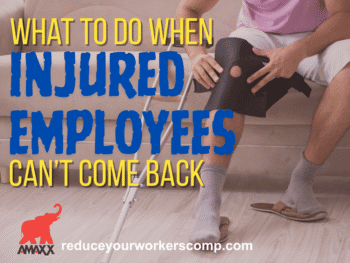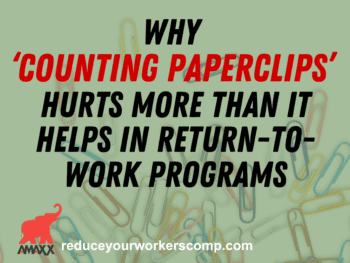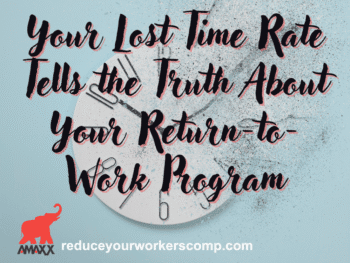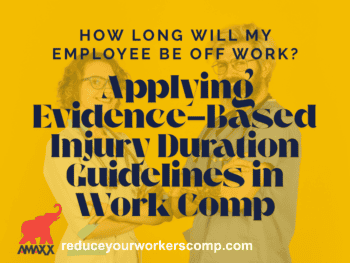
There are two primary types of transitional duty strategies: Modified Work and Alternate Work. Understanding the difference—and how to implement each effectively—can be the key to improving outcomes for both your workforce and your bottom line.
Type 1: Modified Work – Adjusting the Original Role
Modified work allows the injured employee to return to their original position, but with adjustments that accommodate their physical limitations. This approach focuses on what the employee can do, rather than what they can’t.
These adjustments may involve changing the tasks the employee performs, altering the equipment they use, or modifying the schedule or work hours.
Click Link to Access Free PDF Download
“13 Research Studies to Prove Value of Return-to-Work Program & Gain Stakeholder Buy-In”
For example, a nurse with a back injury may be medically restricted from lifting patients. Rather than staying out of work, the nurse could return to their role and handle patient monitoring, charting, and medication management, while a patient assistant handles transfers and lifting.
Other real-world scenarios include:
-
Allowing an employee who cannot stand for long periods to use a stool or chair.
-
Creating a job-sharing schedule so an employee can perform part of a shift and gradually build stamina.
-
Temporarily reassigning physically demanding tasks to coworkers while retaining the employee in a light-duty version of their usual role.
By preserving the familiarity and routine of the original job, modified work can ease the psychological transition back into the workplace and maintain the employee’s sense of value.
Type 2: Alternate Work – New Tasks with Purpose
In some cases, modifying the original position simply isn’t possible. When that happens, alternate work is the next best solution. This involves assigning the employee to a completely different role—either temporarily or as part of a return-to-work pathway.
Alternate work might be in a different department, at another worksite or business unit, or even off-site or home-based, especially if on-site work poses barriers during recovery.
What’s essential is that these assignments are meaningful and integrated into daily operations. Avoid relegating injured employees to the proverbial “filing in the back room.” Instead, offer roles that contribute real value and keep the employee engaged with their team and company culture.
FREE DOWNLOAD: “13 Research Studies to Prove Value of Return-to-Work Program & Gain Stakeholder Buy-In”
For example, if a warehouse employee cannot lift or walk long distances, they might assist the HR department with document management or support customer service with phone-based tasks. If no suitable roles are available on-site, remote work such as database clean-up, online training, or policy review might be viable.
Keys to Success in Transitional Duty Programs
Regardless of which approach you use—modified or alternate work—the goal remains the same: facilitate a safe, productive, and dignified return to work for the injured employee. Here are a few best practices to make your program successful:
-
Start with the physician’s restrictions. Always align duties with documented medical limitations.
-
Make it temporary and progressive. The employee’s capabilities will likely evolve, so re-evaluate and adjust the duty plan regularly.
-
Document everything. Keep clear records of the tasks assigned, the employee’s progress, and any changes made.
-
Train supervisors. Make sure they understand how to support employees on transitional duty and create a positive environment.
-
Avoid isolation. Ensure alternate or modified roles keep the employee connected to team members and workplace culture.
Conclusion
Transitional duty programs are about more than just checking a box—they are a cornerstone of a proactive workers’ comp strategy. Whether through modified work or alternate assignments, these programs reduce lost time, speed up recovery, and show your commitment to employee well-being.
When employers thoughtfully integrate transitional duty into their operations, everyone benefits. Injured workers stay engaged, morale stays high, and businesses keep moving forward.

Contact: mstack@reduceyourworkerscomp.com.
Workers’ Comp Roundup Blog: http://blog.reduceyourworkerscomp.com/
Injury Management Results (IMR) Software: https://imrsoftware.com/
©2025 Amaxx LLC. All rights reserved under International Copyright Law.
Do not use this information without independent verification. All state laws vary. You should consult with your insurance broker, attorney, or qualified professional.

















